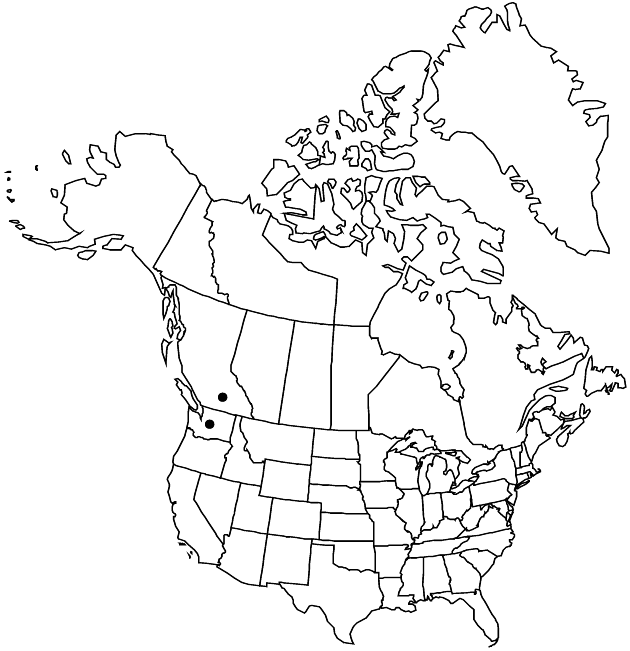Difference between revisions of "Senecio elmeri"
Erythea 7: 173. 1899.
Synonyms: Senecio crepidineus Greene
FNA>Volume Importer |
FNA>Volume Importer |
||
| Line 49: | Line 49: | ||
|publication year=1899 | |publication year=1899 | ||
|special status= | |special status= | ||
| − | |source xml=https://jpend@bitbucket.org/aafc-mbb/fna-data-curation.git/src/ | + | |source xml=https://jpend@bitbucket.org/aafc-mbb/fna-data-curation.git/src/8f726806613d60c220dc4493de13607dd3150896/coarse_grained_fna_xml/V19-20-21/V20_1211.xml |
|tribe=Asteraceae tribe Senecioneae | |tribe=Asteraceae tribe Senecioneae | ||
|genus=Senecio | |genus=Senecio | ||
Revision as of 16:18, 18 September 2019
Perennials, 10–20(–30) cm (rhizomes trailing or branching). Herbage unevenly villous-tomentose or floccose, glabrescent. Stems single (from loosely clustered basal leaves). Leaves progressively reduced distally; ± petiolate; blades ovate to oblanceolate, (3–)4–8(–10) × 2–3(–4) cm, bases tapered, margins shallowly dentate (mid and distal leaves smaller, bractlike, often clasping). Heads erect or weakly nodding (especially in bud), (2–)5–9(–12) in loose, cymiform arrays. Calyculi of 2–7 lance-linear to linear bractlets (lengths 1/3–2/3 phyllaries). Phyllaries (± 8) ± 13, 8–10 mm, tips black (villous). Ray florets ± 8; corolla laminae 8–15 mm. Cypselae glabrous. 2n = 40.
Phenology: Flowering summer.
Habitat: Alpine and subalpine rocky sites and talus slopes
Elevation: 2000–3000 m
Discussion
Selected References
None.
Lower Taxa
None.
